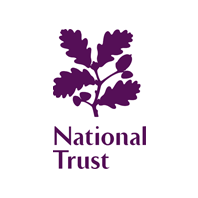During June, we carried out our now annual ash dieback surveys across the property. The survey is done at this time of year as the trees should be in full leaf. Areas are categorized into usage zones and these help us prioritise our work.
 When we survey the trees, we are looking for greater than 50% crown loss as a sign the tree needs to be removed.
When we survey the trees, we are looking for greater than 50% crown loss as a sign the tree needs to be removed.
We will only remove the tree if it is a danger to the public or buildings. There is evidence that the trees can regenerate so where we can, we will leave the trees. Standing dead wood is a fantastic habitat for all sorts of wildlife, so we will leave these where the tree has completely died back and it is safe to do so. One of the dangers with ash trees is the fact they are prone to dropping limbs. Especially when the tree is diseased and the wood is dead or brittle, limbs can drop to the ground without warning.
Ash is one of our most common and best-loved trees; the arrival of ash dieback has already changed some of our places dramatically and its impact will continue as we anticipate losing 70- 95% of ash trees over the next 15 years.
Unfortunately, ash dieback disease (ADB) has taken hold on the Roseland, having got off relatively lightly over the past few years compared to our neighbouring property in SE Cornwall.
Thankfully, sycamore supports a lot of the species and invertebrates that ash does, and sycamore seems to do well in the Cornish climate and is one of our most numerous trees.
We will try and let natural regeneration of tree species occur where we are felling several ash in one area. If after two or three years there is no natural succession we will re-plant with native deciduous trees.
For more information, email roseland@nationaltrust.org.uk

